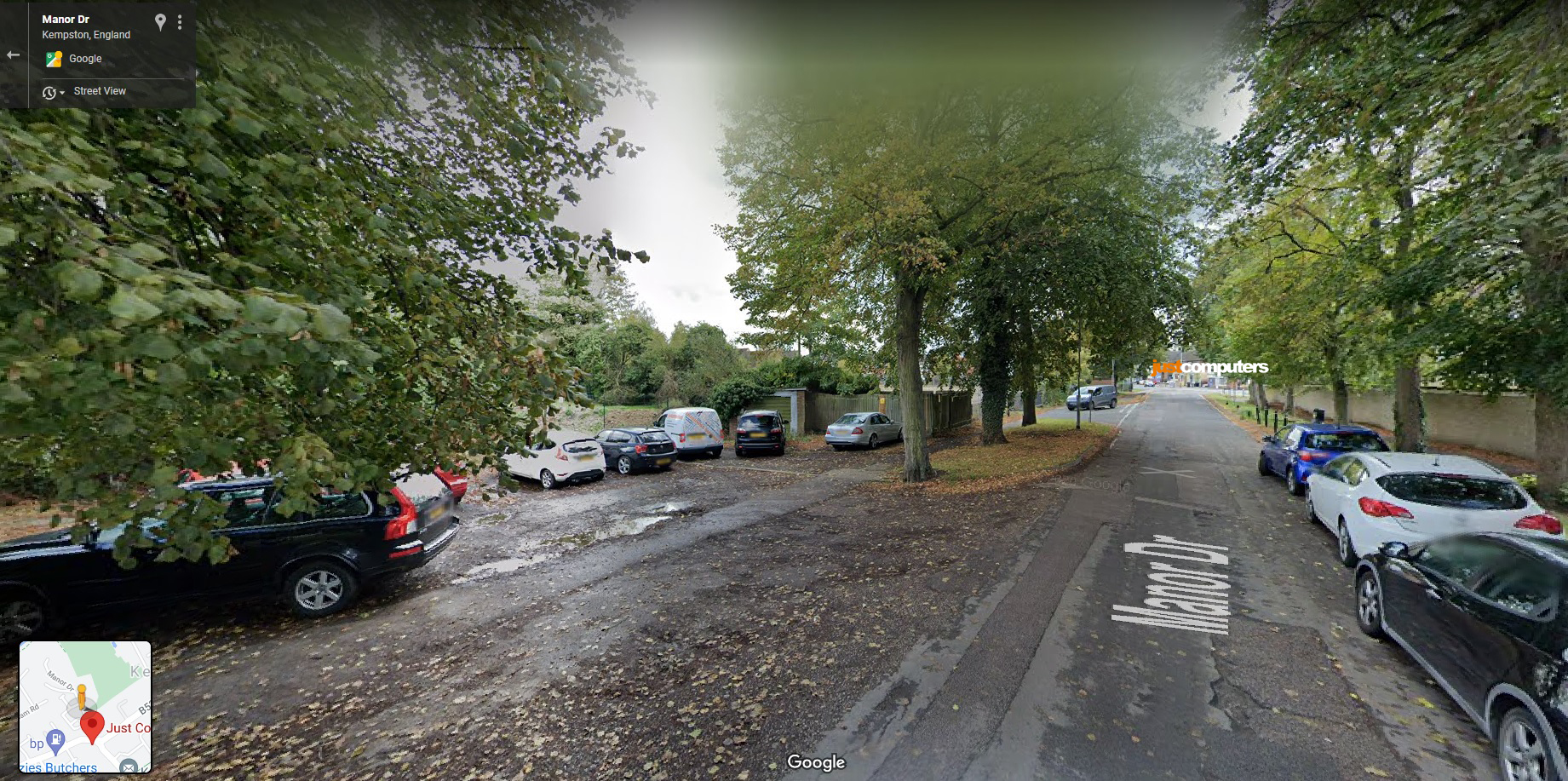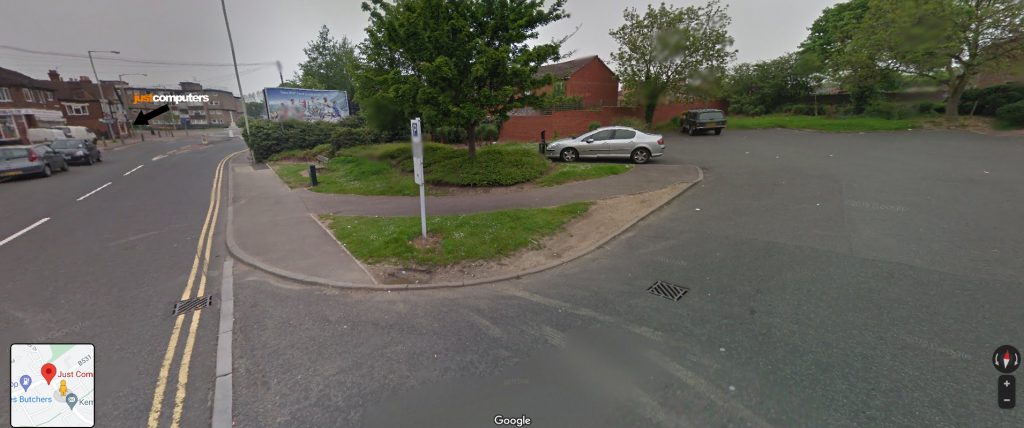
With January 1 being ‘Public Domain Day’, we look at what ‘public domain’ actually means in relation to works of literature, music, art, and science.
Public Domain Day
New Year’s Day each year is called ‘Public Domain Day’ because it’s the day that the copyright protection on a wide range of creative works such as literature, music, art, and science from the past expire. This means that they enter the ‘public domain’, i.e. they become free to use and adapt by everyone, with no licence required.
Life Of The Author Plus 70 Years (In The UK)
In the UK for example, the duration of copyright is generally the life of the author plus 70 years. This means that a work enters the public domain 70 years after the death of the creator.
In the case of anonymous or pseudonymous works, the copyright lasts for 70 years from the date the work was made available to the public, unless the author’s identity becomes known within those 70 years. In these cases, the copyright duration reverts to the ‘life plus 70 years’ rule.
It’s important to note, however, that these rules can vary depending on the type of work and the circumstances of its publication. Also, different rules can apply to works published before a certain date or to works of authors who died many years ago. Copyright laws also differ from country to country.
Recent Examples
Some examples of works that have just entered the public domain in 2024 include:
Books and Literary Works
Some books by Agatha Christie, Virginia Woolf, W.E.B. Du Bois, D.H. Lawrence, H.G. Wells, Evelyn Waugh, and A.A. Milne. These include “The House at Pooh Corner” (1928) by A.A. Milne and “Orlando: A Biography” by Virginia Woolf. Also, Erich Maria Remarque’s “All Quiet on the Western Front” and Radclyffe Hall’s “The Well of Loneliness” have now entered the public domain, as has the poem “An American in Paris” by George Gershwin.
Films
Some notable films such as Charlie Chaplin’s “The Circus” and “Steamboat Willie,” which features the earliest incarnations of Mickey Mouse and Minnie Mouse (1928), have entered the public domain. Also, films like “The Passion of Joan of Arc” directed by Carl Theodor Dreyer and “In Old Arizona” are now in the public domain.
Other Notable Works
In the art world, paintings by Francis Picabia and works by Cecil Hepworth, such as the 1903 film “Alice in Wonderland,” are now public domain. In music, compositions by Joseph Jongen and Django Reinhardt have also entered the public domain.
Memes and Adaptations
The widespread circulation of memes and adaptations on the same subject often indicate an event or popular news story in today’s society. For example, as mentioned above, following years of legal battles, Steamboat Willie has now entered the public domain and, therefore, so have the earliest versions of Mickey Mouse and Minnie Mouse – this early Mickey Mouse has a more mischievous character. The film (and the accompanying Mickey and Minnie) was due to enter the public domain in 1984 but had its copyright extended. The extra 40 year wait and the legal wranglings with Disney (dubbed the ‘Mickey Mouse Protection Act’) have therefore made its public domain entrance newsworthy and a cause for celebration for some (e.g. those who saw it as a fight now lost by a large corporation). The result has been the appearance of many memes and adaptations appearing in multiple forms and locations (the first big meme of 2024), almost as a way to rub Disney’s nose in the fact that it has finally given up the Steamboat Willie Mickey and Minnie prizes to the rest of us.
Exceptions
Some works, however, don’t fall under standard public domain rules due to specific reasons. These include:
– Works never covered by copyright such as facts, ideas, and methods of operation, which are not eligible for copyright.
– In some countries, government-produced works are public domain.
– Works where creators have chosen to waive copyright and place their works in the public domain anyway.
– Works with unknown or contested authorship, where there may be unclear copyright status.
– Works which have longer copyright due to specific legislation (like the US Copyright Term Extension Act).
– Unpublished works. These may have different copyright durations compared to published works.
– International variations whereby copyright laws vary by country, affecting public domain status.
– Corporate or anonymous works. These have different rules for copyright duration, often based on the publication date.
How Do You Check?
For those wanting to quickly check whether a work is now in the public domain (more rigorous legal checks may be advisable), and find public domain works you can use, you can try websites like:
The Public Domain Review (publicdomainreview.org) – this focuses on historical and cultural works, including art and film, that are in the public domain.
Europeana Collections (www.europeana.eu) – offering access to millions of artworks, photographs, books, and music from European museums, galleries, libraries, and archives.
Project Gutenberg (www.gutenberg.org) – focusing on books and offers a vast collection of works that are in the public domain.
Internet Archive (www.archive.org) – a digital library offering free access to books, movies, music, and more, many of which are in the public domain.
The Public Domain Review (publicdomainreview.org) – offering a curated collection of works that have entered the public domain.
The Library of Congress Digital Collections (www.loc.gov/collections/) – offering access to a wide range of historical films, photographs, and documents, many of which are in the public domain.
What Does This Mean For Your Business?
In its most basic form, when works come into the public domain it means no need for the cost of licences or legal worries for businesses wanting to use parts of them or adapt them. Wikipedia (which dedicated a whole page to the now public domain ‘Steamboat Willie’ Mickey Mouse suggests that when major works become free to enjoy, share, and re-use, it’s not just an event for creatives and knowledge collectors, but “also for all of us – as ‘consumers’ of knowledge.” It seems, therefore, that ‘public domain’ has a legal definition in different countries but can also mean many things depending on who you are and what it’s taken to get something into the public domain. For example, it can be seen as a victory over large corporations, where all of us gaining something of rare value, or as a supply of free value-adding content that’s ripe for adaptation for a number of promotional and marketing purposes.




